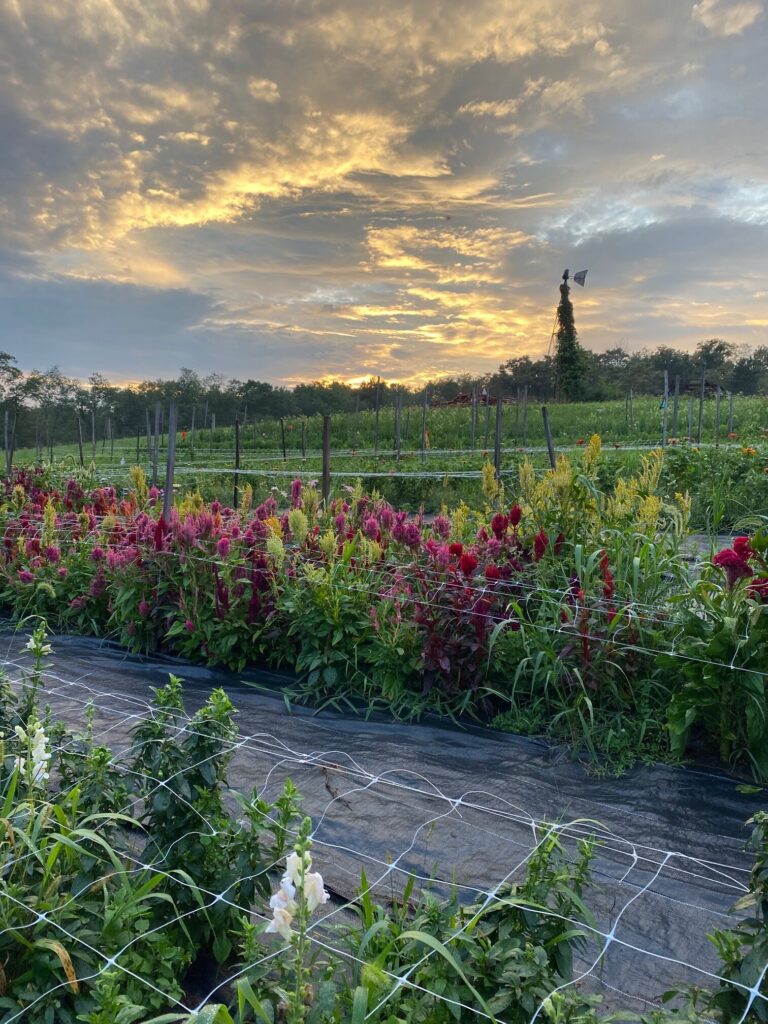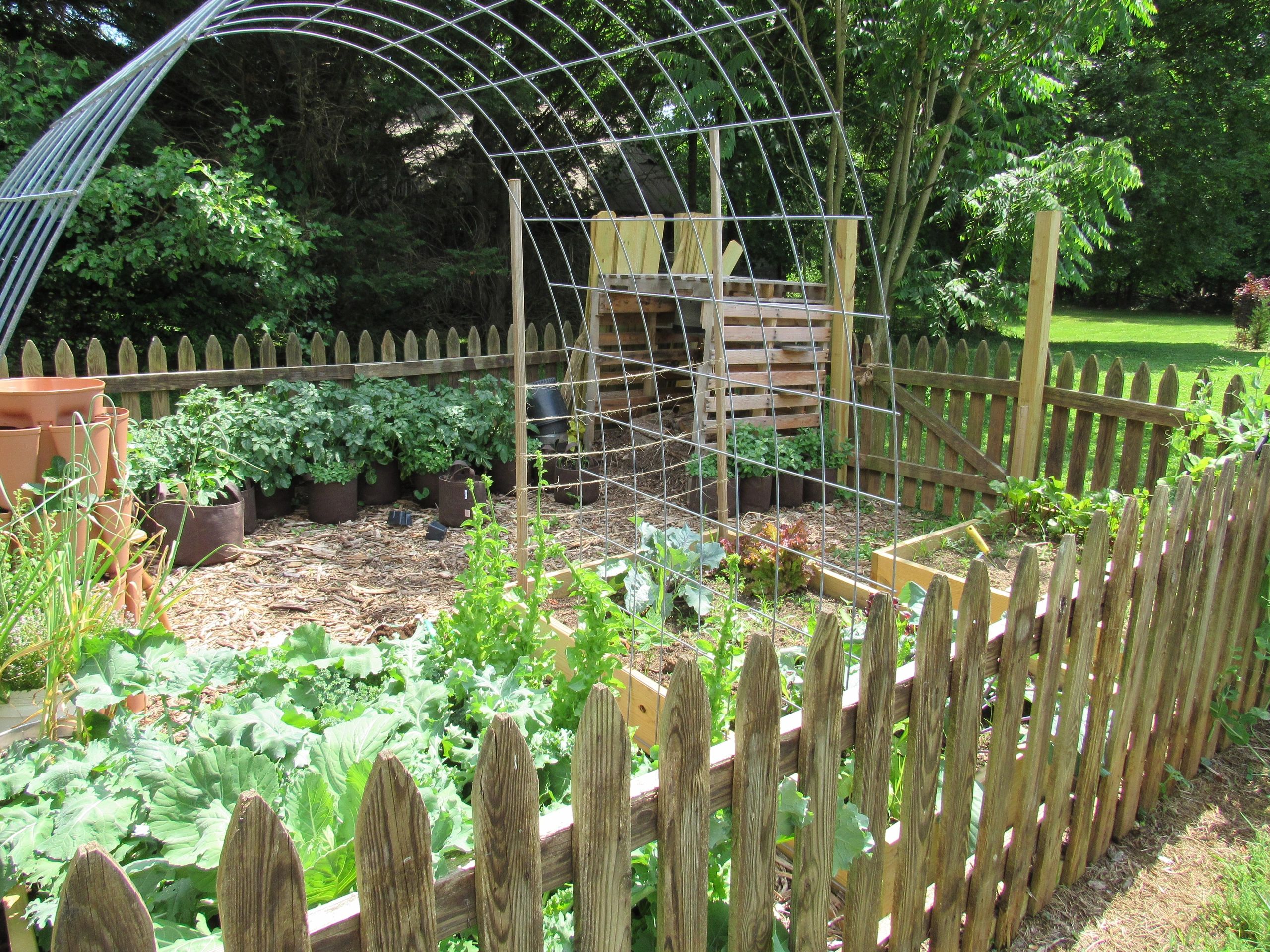Maximizing Yield in Homestead Gardening
Wiki Article
Discover Vital Tips for Effective Gardening Techniques and Practices
Gardening, frequently viewed as an easy pastime, includes a variety of strategies and practices that can significantly affect the result of your efforts. By focusing on important aspects such as soil health, reliable sprinkling strategies, and appropriate plant selection, garden enthusiasts can create a thriving environment that sustains lively development. Recognizing the nuances of insect administration and seasonal upkeep can even more improve productivity. Yet, several enthusiasts neglect critical information that can make or damage their gardening success-- checking out these forgot facets might expose the secret to growing a growing garden.Understanding Dirt Health
Dirt health is an essential facet of effective horticulture, as it straight influences plant development, nutrient schedule, and ecological community equilibrium. Healthy dirt is characterized by an abundant biodiversity of microorganisms, natural matter, and a well balanced pH level, which with each other develop an environment conducive to plant development.To understand dirt health and wellness, one have to consider its physical, chemical, and biological residential or commercial properties. The structure and structure of soil affect its capacity to maintain wetness and nutrients, while the chemical structure figures out the accessibility of vital aspects like phosphorus, potassium, and nitrogen. Routine soil testing is essential to analyze these elements, enabling garden enthusiasts to make enlightened decisions relating to fertilizers and amendments.
Moreover, advertising organic activity within the dirt is crucial for preserving its health. Practices such as composting, crop rotation, and using cover plants can boost microbial diversity, enhance nutrient biking, and decrease soil erosion. By prioritizing soil health and wellness, gardeners not just optimize plant growth yet also contribute to a lasting community, making sure that their horticulture methods are environmentally responsible and durable with time.
Effective Watering Methods
Guaranteeing that plants get the ideal amount of water is important for their health and development, particularly when combined with a solid foundation of dirt health and wellness (Homestead Gardening). Efficient sprinkling strategies can considerably influence plant vitality, minimizing water wastage and advertising optimal growthOne fundamental method is deep watering, which urges origins to expand much deeper right into the dirt, boosting drought resistance. This strategy usually involves watering much less regularly but in larger amounts, permitting moisture to permeate the root area thoroughly. Timing is likewise crucial; early morning is the excellent time to water, as it decreases dissipation and enables foliage to dry during the day, minimizing illness dangers.
Furthermore, utilizing compost can assist maintain soil wetness and control temperature level, more aiding effective sprinkling techniques. Using a drip irrigation system can likewise give targeted wetness directly to the roots, making sure that water reaches where it's most needed while conserving sources.
Monitoring rainfall and soil wetness degrees can direct adjustments in your watering routine, making certain plants get constant hydration without over-saturation. By adopting these effective watering methods, gardeners can foster a flourishing atmosphere for their plants to flourish.
Plant Choice and Placement
How can the right plant choice and tactical placement change a yard right into a flourishing ecosystem? The synergy between plant varieties and their placement is essential for creating a lively yard. When picking plants, consider variables such as environment, dirt type, and sunlight exposure. Native types are usually the best selection as they are adapted to local conditions and need much less maintenance.Strategic placement entails arranging plants according to their growth practices and requirements. Taller plants need to be placed at the back of borders to stop shading much shorter plants. In addition, organizing plants with similar water and light demands can boost their development and decrease competition for resources.
Incorporating a variety of plants not only includes aesthetic charm but additionally advertises biodiversity, attracting valuable bugs and pollinators. Think about the seasonal modifications in your yard; select a mix of evergreens, perennials, and annuals to ensure year-round rate of interest.
Lastly, keep in mind to analyze the mature dimension of plants prior to planting to stay clear of overcrowding and look at here make certain adequate air flow. Thoughtful plant choice and strategic positioning create a harmonious atmosphere, allowing your yard to grow while reducing difficulties.
Pest and Illness Monitoring
Efficient pest and illness monitoring is important for preserving a healthy and balanced garden environment - Homestead Gardening. An aggressive approach, integrating social, organic, and chemical techniques, can dramatically reduce the effect of bugs and conditions on your plants
Biological controls, such as introducing advantageous bugs like ladybugs or aggressive mites, can keep insect resource populations in check without hurting the setting. In addition, keeping plant wellness via correct watering, fertilizing, and pruning will reinforce their resilience against diseases.
When treatment is necessary, decide for targeted chemical therapies, making sure to comply with application guidelines to reduce harm to non-target microorganisms. Constantly focus on sustainable practices, as they advertise lasting yard wellness and eco-friendly balance. By integrating these strategies, garden enthusiasts can successfully handle conditions and bugs, making certain growing plants and an efficient garden.

Seasonal Maintenance Practices
In spring, emphasis on soil prep work by testing pH degrees and adding needed changes. Frequently inspect arising plants for pests and diseases.As summer season strategies, make sure sufficient irrigation while keeping an eye on for indicators of tension or disease. Prune back overgrown plants to encourage air blood circulation and decrease moisture around foliage. This practice not just boosts plant health and wellness however additionally advertises flowering Our site and fruiting.
With the arrival of autumn, it's time to plan for winter season. Tidy up fallen leaves and debris to stop insect infestations, and consider growing cover plants to enhance dirt wellness. This season is also excellent for splitting perennials and planting spring-flowering light bulbs.
Final Thought
Successful gardening hinges on the integration of sound techniques in dirt health and wellness, watering, plant choice, insect management, and seasonal maintenance. By focusing on soil testing and microbial variety, using reliable sprinkling approaches, and choosing suitable plants, gardeners can develop prospering environments.By prioritizing important elements such as dirt health and wellness, effective sprinkling methods, and suitable plant option, garden enthusiasts can produce a thriving ecological community that sustains dynamic growth. By focusing on soil wellness, gardeners not just enhance plant development however additionally contribute to a lasting environment, guaranteeing that their gardening practices are eco accountable and resistant over time.
Taller plants need to be positioned at the back of boundaries to protect against shielding shorter plants. Tidy up fallen leaves and particles to prevent bug infestations, and think about growing cover crops to improve soil health and wellness.Effective gardening hinges on the integration of audio techniques in soil health and wellness, watering, plant selection, insect monitoring, and seasonal maintenance.
Report this wiki page